-
 2023.9.30
2023.9.30We often hear the terms various composite materials in the field of textiles and synthetic materials, such as polyamide, nylon, and polyester fabric. These materials play an important role in modern life, whether in clothing, homewares, or industrial applications. However, for many people, understanding the subtle differences between these materials can be a bit tricky. So with this post, we break down the differences between polyamide, nylon, and polyester and help you better understand their properties, pros, cons, and scenarios where they can be used. What is Polyamide? Pol......
-
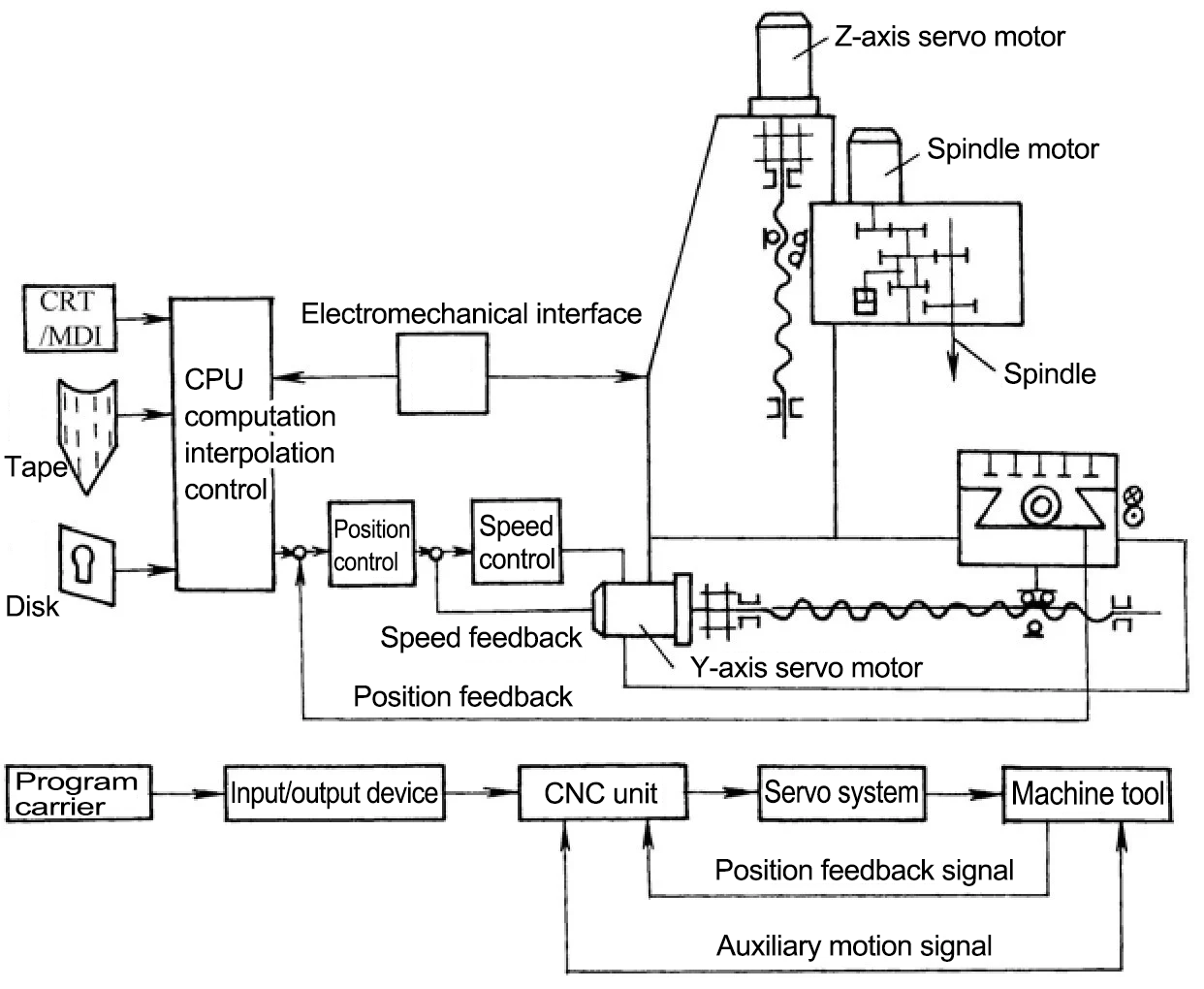 2023.9.26
2023.9.26When we talk about the technological revolution in modern manufacturing, few things can compare to the contributions of Computer Numerical Control (CNC) machine tools. They are the marvels of the manufacturing world, bringing forth endless possibilities to our realm. However, few truly comprehend the inner workings and principles behind CNC machine tools. With this CNC machine guide, we will talk about the the components that make up CNC machine tools deeply, unveiling how they collaboratively create precision, efficiency, and astonishing manufacturing wonders. Wha......
-
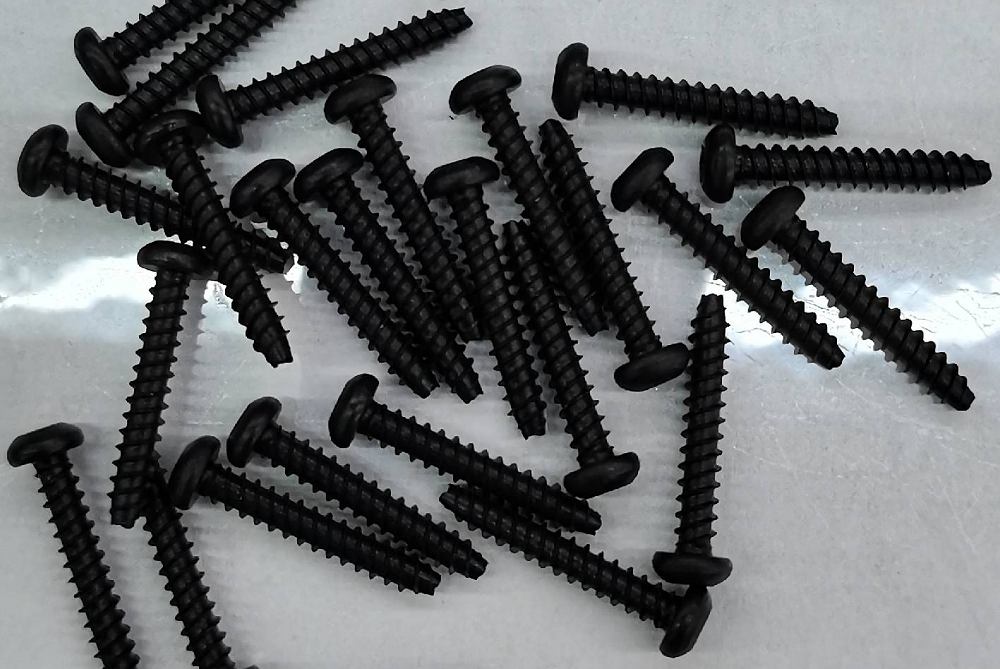 2023.9.20
2023.9.20Black anodizing, black electroplating, and blackening treatment are three common methods for surface treatment of metals, each with its unique principles, characteristics, and applications. This post will provide a detailed overview of the distinctions and characteristics among these three methods. Black Anodizing vs. Black Electroplating vs. Blackening Treatment When it comes to enhancing the performance, extending the lifespan, or giving a specific appearance to metal surfaces, there are various methods to choose from. Among these methods, black anodizing, black electroplatin......
-
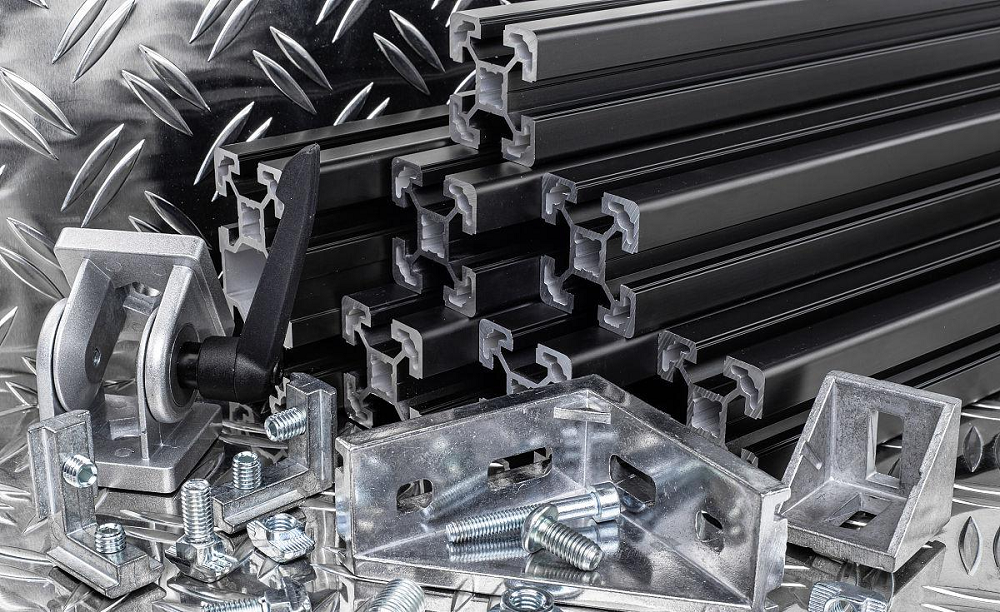 2023.9.20
2023.9.20As the industrialization process continues to develop, the application of aluminum materials in various fields is becoming increasingly widespread. Aluminum materials have advantages such as low density, high strength, corrosion resistance, and good thermal conductivity, making them widely used in the manufacturing of aircraft, automobiles, electronic products, and more. Surface treatment of aluminum components is an essential part of these applications. Among them, black anodizing is an important surface treatment method that can provide aluminum components with advantages in corrosion......
-
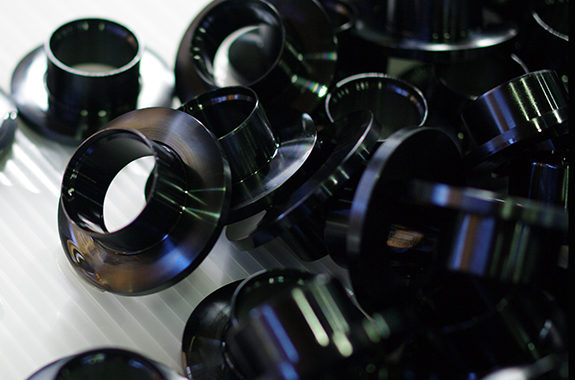 2023.9.20
2023.9.20Triiron tetroxide coating, also known as “Black dyeing” or “fermite treatment,” is a surface treatment method that blackens the surface of steel materials, as the name suggests. However, it does not really “dye it black.” A chemical reaction is used to create a black film on the surface. Black dyeing has various advantages, such as being able to impart rust prevention properties, being inexpensive, not changing dimensions, and being difficult to peel off. We will explain in detail the principles, characteristics, processes, and precautions of black dy......
-
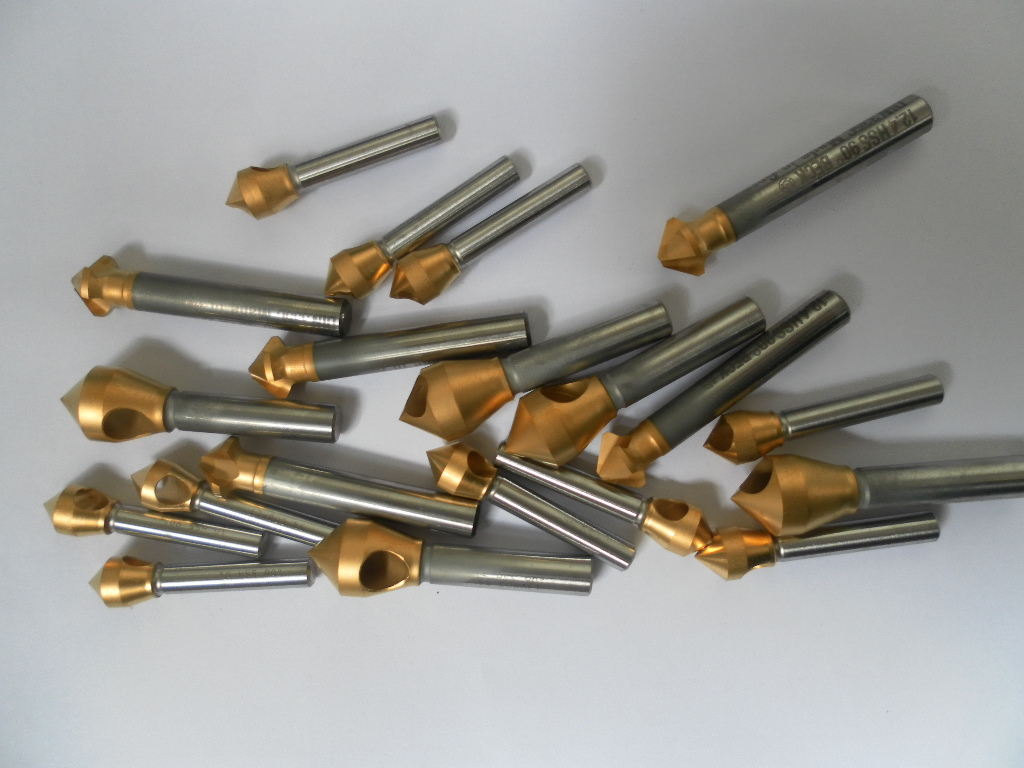 2023.9.19
2023.9.19When it comes to drilling holes in various applications, it is important to understand the distinctions between counterbore and countersink. Both types of holes serve specific purposes and are widely used in industries ranging from woodworking to mechanical engineering. With this CNC machining guide, we will discuss what is the countersinks and counterbore, and highlight the differences between these two essential hole types. What is Counterbore? A counterbore is a type of cylindrical recess that is typically cut into a material, often into a hole or the surface of an obje......
-
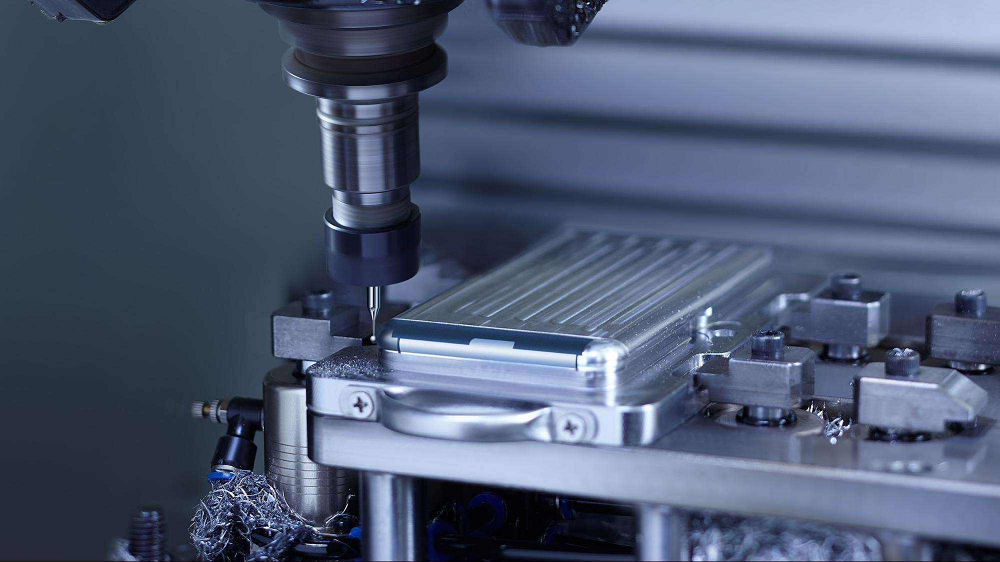 2023.9.17
2023.9.17The lathe machine stands as one of the most essential tools in the arsenal of any machinist, capable of shaping a wide array of materials with precision and accuracy. Among its many versatile operations, turning holds a special place. With this post, we tell you the intricacies of turning on a lathe machine, exploring its meaning, the various types of turning operations, and other crucial aspects associated with this fundamental process. What is Turning in Lathe Machine? CNC Turning is a fundamental operation performed on a lathe machine, characterized by the rotational mo......
-
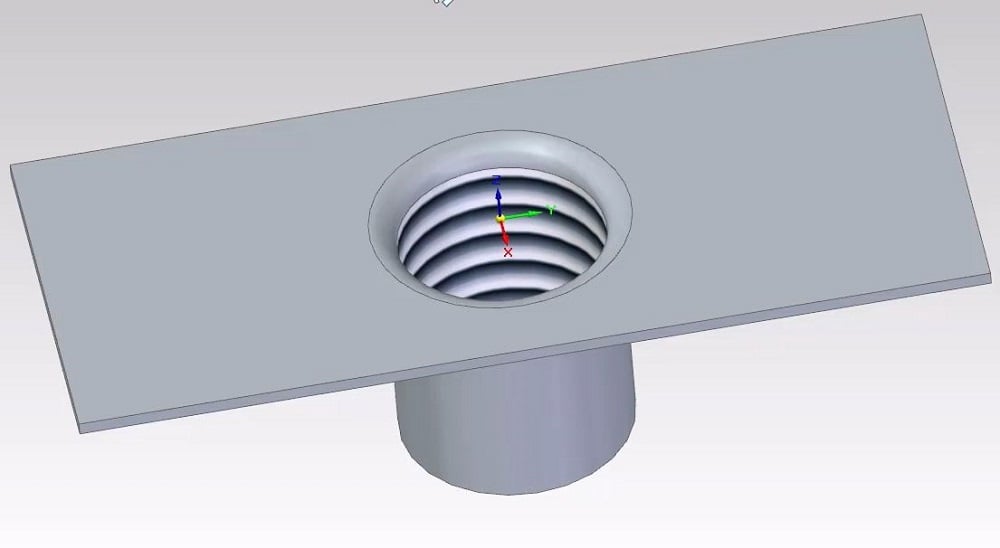 2023.9.17
2023.9.17Tapped holes and threaded holes play crucial roles in various industries, from manufacturing to construction and beyond. While they may seem similar at first glance, these two types of holes possess distinct characteristics and serve different purposes. Understanding their differences is essential for selecting the appropriate hole type for specific applications, ensuring structural integrity and optimal performance. Here we will present the disparities between tapped holes and threaded holes, from their definitions to their applications, advantages, and considerations. What are ......
- Home
- Machining techniques
- CNC Machining Services
- Cooperative supply services
- Designs
- Materials
- Finishing Services
- Shop
- Products
- Guide
- About Us
- Contact Us

